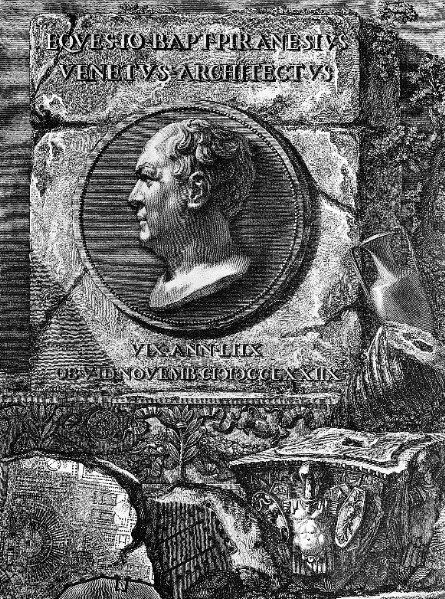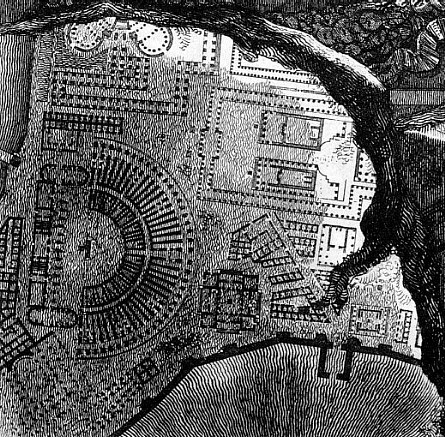Mars - encyclopedia reference
1995.01.07
Some facts about Mars from Encyclopedia Britannica:
Mars, after Jupiter, the most important diety of the Roman state. He was commonly identified with the Greek Ares, but was never so much affected by foreign influence as to lose his essentially Roman and Italian character.
It is clear that by historic times he, [Mars] has developed into a god of war (hence his connection with Ares), and in Roman literature he is protector of Rome, a nation proud in war, which traced its founding back to a son of Mars, Romulus. There are at least three tenable views, however, of his ultimate origin: (1) that he was originally a war god whose functions were extended to physical and hence the spiritual protection of the field and crops; (2) that he was originally a diety connected with the fertility of the soil, of clthonian nature and thus a god of death and war; and (3) that he was originally a high god of the Italian peoples who were both warlike and agrarian and thus reflected their interests.
The problem probably cannot be solved, for evidences of all three possibilities are found in his cult.
Mars' festivals at Rome occurred in the spring and the fall, embracing both the agricultural and the military seasons. The month of March was, as might be expected, especially filled with festivals wholly or partially in his honer. The Feriae Marti. March 1, was New Year's Day in the old Roman calendar; the second Equirria, "horse races," occurred on March 14 (the first Equirria, Feb. 27); the Quinquatrus on March 19 was originally a festival of Mars which eventually was extended over a five-day period and became a festival of Minerva (q.v.); and the Tribilustrium, a purification of the war trumpets, occurred on March 23. All these have a connection with the initation of the war season. Significant also is the role played through this period up to March 23 by the ancient priesthood of the Salii (q.v.), particularly associated with Jupiter, Mars and Quirinus, who came out several times during the month to dance their ceremonial war dance in old-fashioned armour and chant a hymn to the gods. Again at the end of the season, October was an important month for Mars. The festival of the October horse on Oct. 15 was marked by a two-horse chariot race in the Capus Martius, one of the winning pair being sacrificed to Mars. On Oct. 19 the Armilustrium marked the purification of the arms of war and their storage for the winter.
Until the time Augustus, Mars had but two temples at Rome. One of these, originally only an altar, was in the Campus Martius, the exercising ground of the army. The other was outside the Porta Capena and there each year the Equites met in order to start in processiom thoughout the city. Each of these sites was outside the pomerium, and this has been explained to mean that the war god "must be kept at a distance."
Campo Marzio index
1997.08.05
Beginning the analysis of the Campo Marzio with Mars leads directly to the triumphal way and the long axis, hence the promenade architecturale and the axes of life and death. Then discuss the equirria and the military axis.
Redrawing History - outline
1997.08.12
sex, Mars, reenactment
1997.11.20
...the phrase, "back to daddy's balls, architecture halls"... ...a connection between this line and the Ichnographia. ...Mars being the father of Romulus--the founder of Rome, and the connection of sex and conception within plans... ... the "testicles" of the Templum Martis as generators...
...the prominence of Mars... ...Piranesi actively redesigned Imperial Rome as he came to understand it. Piranesi assimilated all the knowledge about this part of the city, and through that assimilation he delineated an optimal synthesis. Piranesi's plan of the Campo Marzio is not an architectural reconstruction, but an archeological redesign. Piranesi's plan is not a rendition of what was, rather a rendition of what could have been. Piranesi's plan is not a reconstruction, but an historical reenactment.
The Ichnographia is a powerful reenactment of the architectural history of the Campo Marzio. The history, moreover, is not limited to Imperial Rome. Although the buildings are named for those primarily of the late Empire, Piranesi also very cleverly and extremely subtlely reenacts the architectural history of the Campo Marzio beyond the Imperial Age, specifically the inversion/conversion of Rome from pagan state to Christian state.
The opening stage for the reenactment is the Scenographia (whose very title has obvious theatrical connotations)...
...regarding the Ichnographia as a stone fragment: a reenactment of the Forma Urbis--a virtual reenactment of discovering the great missing piece of the "puzzle" that will bring all the other piece to a grand cohesion. (...here reminded of Tafuri's opening comments to The Sphere and the Labyrinth: "There comes a moment (though not always) in research when all the pieces begin to fall into place, as in a jig-saw puzzle, where all the pieces are near at hand and only one figure can be assembled (and thus the correctness of each move be determined immediately)..."
| |
the portrait of Piranesi
1998.06.28
There is a portrait of Piranesi engraved by his son Francesco. The portrait is a profile set in a medalion, and the overall composition of the plate is in the Piranesi style. In the lower left corner, there is a stone fragment carved with plans, and it is indeed a fragment of the Ichnographia, specifically the Theater of Marcellus, the Minutia Vetus, and the Porticus Octavae. ...wonder if Francesco, or even Piranesi himself, saw the Ichnographia as Piranesi's greatest achievement. The four-sided Temple of Janus is also clearly delineated on the fragment.
...a case for the father-son theme that begins with Mars and Romulus (inversely God, the Father and His Son Jesus), and could include Augustus and Agrippa, and Trajan and Hadrian, and even Theodosius and Honorius.


Romulus
1998.07.17
As the son of Mars, and as founder and first king of Rome, Romulus is synonymous with beginnings. Without Mars, however, Romulus is nothing, so it is through the concomitance of Mars and Romulus that the origin of Rome takes place in Piranesi's Campo Marzio.
The presence of Romulus within the Ichnographia occurs both directly and indirectly. There is the Templum Romuli, and there is the Templum novum Quirini. The Templum Romuli is within the Campus Martius proper, while the Templum novum Quirini is situated further east between the Horti Salustiani and the base of the Quirinal Hill. Both temples, interestingly enough, "preside" over large stadium complexes, and it is worth further noting that the Templum Romuli is on the same axis as one of the Ichnographia's two Templum Martis.
The third and most indirect reference to Romulus is the Lineae indicantes viam triumphalem--the line indicating the Triumphal Way--which begins in the Area Martis in front of the Ichnographia's other Templum Martis that is on the west bank of the Tiber within the Vatican valley. Each Roman Triumph, of which there were hundreds throughout ancient Rome's history, is a reenactment of the original triumphal march of Romulus. The Lineae. . .triumphalem of the Ichnographia therefore literally marks a lineage back to Rome's inception, and thus locates a point of beginning for the Ichnographia Campus Martius as well.
|